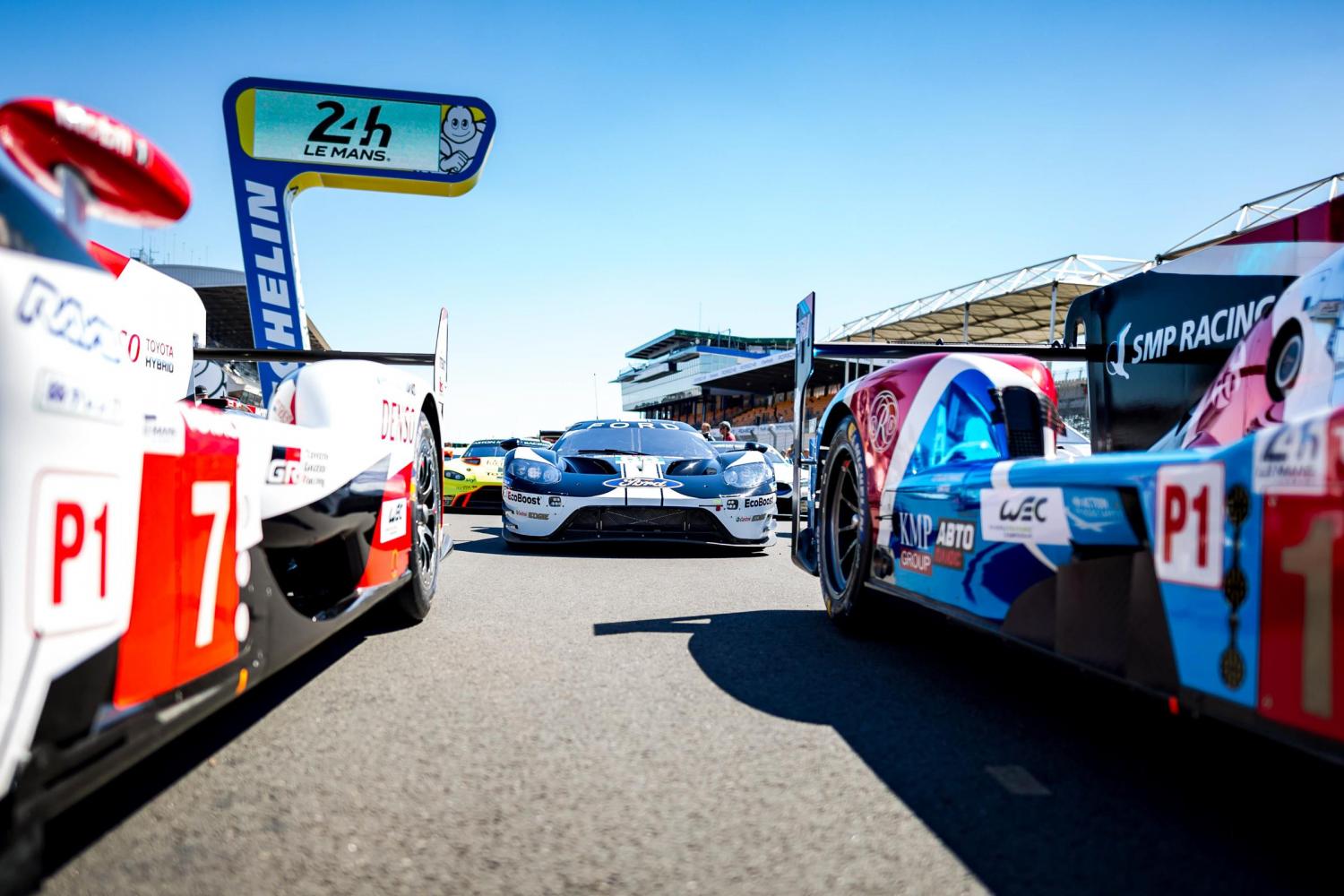Four classes
The cars that take to the 13.626 km circuit, which is partially made up of public roads, are split into four classes. There are two prototype classes for cars built especially for circuit racing, and two GT classes for standard production cars modified for racing. There are two categories of prototypes and two kinds of GT.
- LMP1 (Le Mans Prototype 1): closed-cockpit cars designed especially for racing which may or may not (in the case of private teams) be equipped with a hybrid system that stores energy generated during braking and reuses it to boost power.
Take note: There are no restrictions on engine choice (inline or v engines, 4 or 6 cylinders, turbo, naturally aspirated, etc.) for hybrid prototypes.
- LMP2 (Le Mans Prototype 2): closed-cockpit cars designed especially for racing, reserved for private teams who are not representing a manufacturer.
Take note: A single engine supplier (Gibson) and a restricted number of chassis manufacturers. There will be three on the grid: Oreca, Ligier and Dallara, given that the Aurus and Alpine are both built on an Oreca chassis.
- LMGTE Pro (Le Mans Grand Touring Endurance Pro): production sports cars modified for racing.
Take note: This class is for official manufacturer entries, although some campaigns are run by private teams (e.g. AF Corse and Risi Competizione for Ferrari).
- LMGTE AM (Le Mans Grand Touring Endurance Am): production sports cars modified for racing.
Take note: The cars are identical to those in the LMGTE Pro class, except they must be at least one year old or compliant with the previous year’s technical regulations.
Did you know? To make the race as fair as possible and reduce the gap between hybrid and non-hybrid entries, the rule-makers have introduced the Equivalence of Technology (EoT) in the LMP1 class. To reduce the differences in performances among the radically different production cars fielded in the LMGTE Pro and LMGTE Am classes, there is the Balance of Performance.
Photos: The background behind the car numbers is blue in the LMP2 class (Alpine), green in LMGTE Pro (Porsche) and orange in LMGTE Am (Aston Martin racing for TF Sport).
How to recognise the cars
The car numbers are set against a different coloured background according to class.
- LMP1: red
- LMP2: blue
- LMGTE Pro: green
- LMGTE Am: orange
Did you know? The leading three cars in each class can be recognised by a system of diodes on the side of the cars. If a single light is lit, it means the car is class leader. Two diodes lit indicate the second-placed car and three the third.
Tomorrow, learn more about the rules that apply to drivers.
Cover photo: The LMP1 prototype numbers are set against a red background: here, Toyota and SMP Racing, in red.




